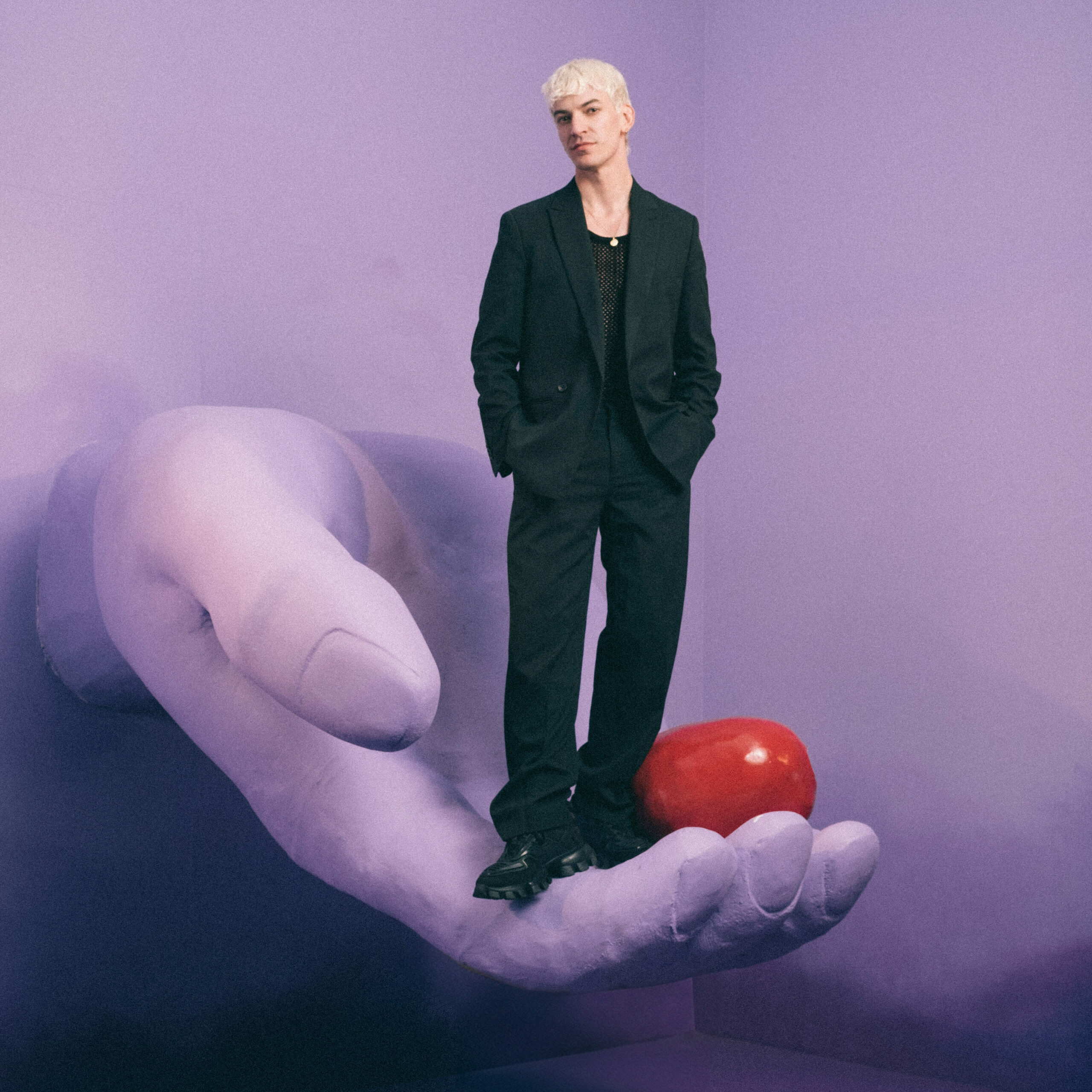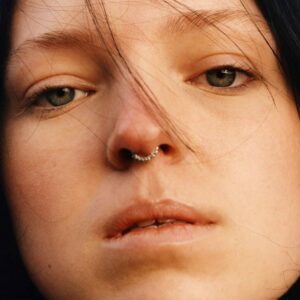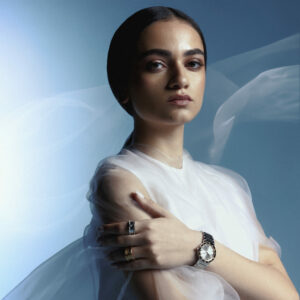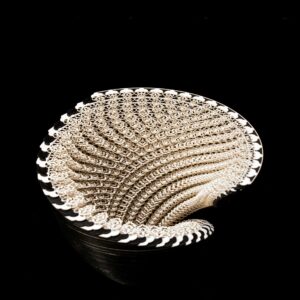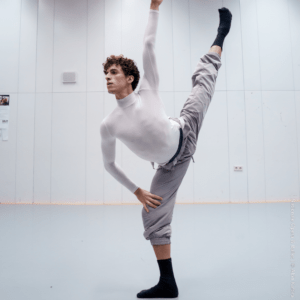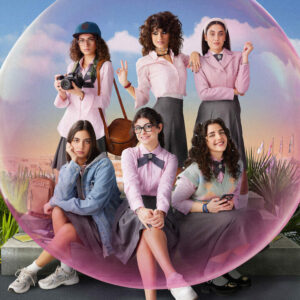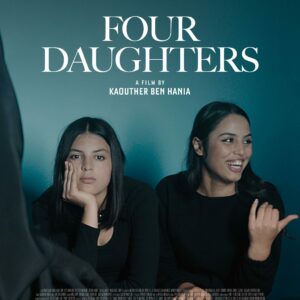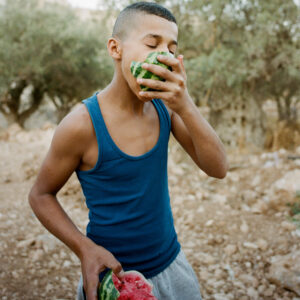Aart Verrips (Instagram), a luminary filmmaker and photographer hailing from Durban, South Africa, is an eloquent storyteller whose artistry revolves around the core tenets of authenticity and forging emotional connections with a diverse range of subjects. His lens is a vehicle for capturing narratives that transcend the ordinary, with a particular affinity for showcasing the beauty in non-traditional faces, challenging conventional standards. Verrips’ distinctive visual language unfolds in a kaleidoscope of jewel tones, characterised by a pristine and clean aesthetic. His images come to life through a dance of playful romanticism, artful blurs, and carefully crafted, sculptural backgrounds. Embarking on a creative journey that took a detour from his initial pursuit of becoming a pastry chef in France, Aart Verrips has left an indelible mark on the creative landscape.
Aart Verrips, welcome. Transitioning from pastry chef to photographer, how does your culinary background impact your visual storytelling?
My culinary background has instilled in me a keen eye for detail, which I apply to every stage of the photographic process, from conceptualization to post-production. Just as a chef carefully selects ingredients and arranges them on a plate to evoke a specific response from the diner, I meticulously curate every element within the frame to convey the intended mood and message in my photographs.
Moreover, my experience as a chef has honed my ability to work under pressure and adapt to changing circumstances, skills that are invaluable on a fast-paced photography set.
Your work is known for its emphasis on authenticity and emotional connections. Can you share the storytelling elements or themes that consistently drive your narrative in both photography and filmmaking?
In both my photography and filmmaking, authenticity and emotional connection are central to my storytelling. I believe that the most compelling narratives arise from genuine interactions and moments of vulnerability. One consistent theme in my work is the celebration of individuality and authenticity. Creating images and films that capture the essence of each subject, allowing their true selves to shine through. Whether it’s a personal project or a client commission, I prioritise portraying my subjects in a way that feels authentic and true to who they are.

Your work is often described as having a bold and provocative aesthetic. Could you delve into the inspirations and influences that shape this distinctive visual style?
My distinctive visual style draws inspiration from a variety of sources that have shaped my artistic journey. One significant influence on my work is classic cinema, particularly the films of directors like Wes Anderson. I’m drawn to Anderson’s meticulous attention to detail and his bold use of colour, which he employs to create visually stunning and emotionally resonant scenes. I find inspiration in the way he carefully composes each frame, using colour palettes to evoke mood and atmosphere. In addition to film, my visual style has been shaped by my experiences working alongside talented photographers and directors early in my career. Through these collaborations, I gained insights into different techniques and approaches to storytelling, which helped me refine my own aesthetic.
Your images often capture a sense of movement and energy. How do you convey these dynamic qualities, especially in fashion photography?
In my fashion photography, I aim to convey a sense of movement and energy by capturing dynamic moments that feel alive and spontaneous. Rather than static poses, I seek to capture the natural flow and rhythm of movement, whether it’s in the swish of a garment or the subtle gestures of the model. One technique I use to convey this dynamic quality is by creating a sense of motion within the frame. This could involve experimenting with composition, framing, and perspective to create a sense of depth and dimensionality. Additionally, I may incorporate elements such as wind, fabric manipulation, or props to add visual interest and enhance the sense of movement in the image.
In your pursuit of showcasing a new standard of beauty, how do you handle the balance between celebrating individuality and meeting the industry’s expectations or demands?
I approach the delicate balance between celebrating individuality and meeting industry expectations with careful consideration and adaptability.
Understanding the context of each project is crucial. For client work, I carefully assess the brief and objectives to determine how I can best align with the brand’s vision while also infusing elements of diversity and individuality. This might involve advocating for diverse casting choices, challenging traditional beauty standards, or incorporating inclusive messaging into the campaign.

The influence of colour is evident in your work. Can you elaborate on your colour grading process and how you use colour psychology to evoke specific emotions in your audience?
Color plays a significant role in my work, and my colour grading process is integral to creating the desired emotional impact in my audience. When approaching colour grading, I aim to achieve harmony and balance between different hues, ensuring that they work together seamlessly to evoke specific emotions. My process typically involves working in a digital format, where I apply multiple layers of grading to enhance and refine the colours in the image. I carefully consider the overall mood and atmosphere I want to convey, as well as the specific emotions I aim to evoke in the audience.
Colour psychology plays a crucial role in this process. I draw upon the principles of colour psychology to select hues that are known to elicit certain emotional responses. For example, warm tones like reds and oranges can evoke feelings of passion and energy, while cool tones like blues and greens may evoke a sense of calmness or tranquillity.
How has your South African upbringing shaped your artistic identity, and do you draw inspiration from your roots in your storytelling?
Growing up in a country as culturally diverse and rich as South Africa has provided me with a wealth of experiences, perspectives, and inspiration that I draw upon in my work.
Living in various cities across South Africa, from Durban to Cape Town, Pretoria, and Johannesburg, has exposed me to different landscapes, cultures, and ways of life. Each city has its own unique energy and character, which I incorporate into my storytelling to create authentic and immersive narratives. The diversity of South Africa’s people and cultures has also had a profound impact on my artistic identity. I am constantly inspired by the resilience, creativity, and spirit of the South African people, and I strive to reflect these qualities in my work.

Your images often carry a cinematic quality. If you could choose a film director to collaborate with on a project, who would it be, and what kind of visual narrative do you envision creating together?
Collaborating with a visionary director like Wes Anderson would be an extraordinary opportunity to bring our creative visions together and craft a visually stunning narrative. Inspired by Anderson’s signature style, characterised by meticulous attention to colour, composition, and storytelling, I envision creating a whimsical and captivating perfume advertisement that transports viewers into a dreamlike world of elegance and charm. Drawing upon Anderson’s knack for creating meticulously crafted, visually immersive worlds, we would work together to design sets that are both enchanting and evocative. From elaborate, pastel-hued interiors to picturesque outdoor landscapes, each scene would be carefully curated to capture the essence of the fragrance and evoke a sense of wonder and fantasy. In terms of narrative, we would create a storyline that unfolds like a captivating short film, following a protagonist on a whimsical journey through enchanting settings, each imbued with its own distinct atmosphere and emotion.
The fusion of spontaneity and meticulousness is evident in your work. How do you strike a balance between carefully planned compositions and embracing the unexpected during a shoot?
Striking a balance between carefully planned compositions and embracing the unexpected during a shoot is essential to my creative process. I approach each shoot with a clear vision and plan in mind, but I also remain open to spontaneity and improvisation, allowing room for magic to happen organically. I typically begin by setting up the scene and establishing the initial composition, utilising props and elements already present in the environment to create a rich and dynamic backdrop. This meticulous planning helps to lay the foundation for the shoot and ensures that I capture the desired aesthetic and atmosphere. However, once the initial setup is in place, I embrace the freedom to experiment and play with different angles, perspectives, and movements.

As someone who aims to “make the impossible seem possible,” can you elaborate on a moment in your career where you felt you successfully achieved this, pushing the limits of what can be portrayed through your lens?
One moment in my career where I felt I successfully achieved pushing the limits of what can be portrayed through my lens was during the shooting of the 2024 Lavazza Calendar. When I received the brief for the project, I was immediately drawn to the idea of creating larger-than-life sets and props, inspired by my love for films like “Alice in Wonderland” where surreal and fantastical worlds come to life. For this project, I wanted to create immersive environments where the models became integral parts of the storytelling, almost like accessories to the larger narrative. I envisioned scenes where the scale was distorted, playing with perspectives to create a sense of wonder and whimsy.
Many photographers have a signature element in their work. What would you say is your distinctive mark or recurring theme that ties your portfolio together?
A defining characteristic of my photography is my meticulous approach to colour grading. I pay close attention to the mood and atmosphere of each image, using colour to evoke specific emotions and enhance the overall impact. Whether it’s through bold and vibrant hues or subtle tonal shifts, my colour grading plays a crucial role in creating a cohesive visual aesthetic across my portfolio.
Your work captures a fusion of fantasy and reality. How do you decide on the level of surrealism or abstraction in your images, and what role does imagination play in your creative process?
The balance between fantasy and reality in my images is often guided by the emotions and narratives I aim to convey. I see my work as a form of escapism—a way to transport viewers to surreal worlds where they can temporarily disconnect from the complexities of reality. When deciding on the level of surrealism or abstraction in my images, I draw upon my imagination and intuition. I envision each photograph as a story waiting to be told, and I allow my creativity to guide me in exploring different levels of fantasy. Sometimes, this might involve subtle touches of surrealism, such as incorporating dreamlike elements or playing with perspective to create a sense of wonder. Other times, I may lean more heavily into abstraction, pushing the boundaries of reality to evoke strong emotional responses from viewers. Imagination plays a central role in my creative process. It fuels my experimentation with composition, colour, and storytelling, allowing me to push the limits of what’s possible within a photographic frame.

Your images often feature striking jewel tones and clean aesthetics. How do you choose the colour palette for a particular project, and how does colour contribute to the emotional resonance of your work?
Selecting the colour palette for a project is a collaborative process that involves close coordination between myself, the set designer, and the stylist. Each element of the composition needs to work in harmony to create a cohesive visual narrative, so meticulous attention to detail is essential. While I may have a vision in mind, I value the input and expertise of my team members, as their perspectives often enhance the overall creative direction.
If you could time travel to any period in history for a photography session, when and where would it be, and what story or moment would you aim to capture?
If I could time travel to any period in history for a photography session, I would choose the peak of the 1920s, often referred to as the Roaring Twenties. This era was characterised by a unique blend of cultural vibrancy, artistic innovation, and social change, making it an incredibly exciting time to capture through photography. I would aim to immerse myself in the bustling streets of cities like New York, Paris, or Berlin, where the spirit of the Jazz Age was palpable. Against the backdrop of dazzling Art Deco architecture and the glitz and glamour of the burgeoning entertainment industry, I would seek to capture the essence of this transformative period.
If you had to describe your creative style in three words, what would they be?
Authentic, intentional, mindful.
For more stories of art and culture from Africa and MENA, like this interview with Aart Verrips, visit our dedicated archives.
